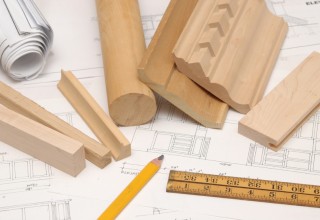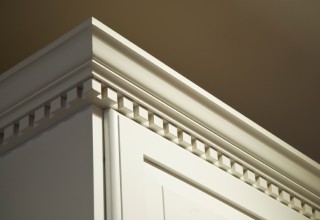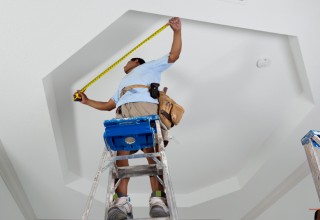The Essence Of Crown Molding
do the job themselves and others do not just know how to go about it. This article clearly defines few steps on how one can simply do this.
Online, March 10, 2014 (Newswire.com) - do the job themselves and others do not just know how to go about it. This article clearly defines few steps on how one can simply do this.
Before tackling the job, it is very important to first know the basic ideas involved. There are two methods involved when cutting the inside corners engaged in crown molding. One is butting up simple miters if one decides to paint and caulk and the other is leaving them as they are, if one decides to stain. This is because wood has the propensity to shrink with time and staining would make the miters open up. Coping those joints is the best way to follow since it helps to hide defects eventually. Below are few steps on how coping can be done effectively.
Prepare the miter saw: Before the job on crown molding is begun, one should check their miter saw and ensure that the back fence is long enough to hold the mold. This is because after the crown molding is cut, the molding rests up on that fence. If the fence of the saw is not tall enough or as required, one may try and fix up some homemade extensions. If this does not work, it is essential that one buys a new saw with a really big fence to handle the job.
Cutting the crown molding using a miter saw: Perhaps one of the most puzzling things for a person who has never done this job before, is understanding how the miter saw is handled when cutting the crown molding. During this process, the crown is normally cut upside down. This means that the saw fence represents the wall and the base represents the ceiling.
A precise angle should be used: A perfect job relies on accurate angles. The most critical and important factor during crown molding is getting the molding correctly into the saw. If the flat portion of the molding lies flat against the saw, then the job is well done.
Cutting the inside meter: This is the first step to coping the joint. The saw should be set at forty five degrees before cutting. After cutting, the next step is getting rid of and cutting away the waste. The molding is then put on a solid area using an overhang and later a coping saw is used to cut away the waste. Finally, little strategic sanding can be done to ensure a tight and nice fit.
After everything is completed, one may decide to test the work to see if everything is fine. The first step would be to slip through the butt joint against the wall. It surely resembles a miter, but even when the wood begins to shrink, it will never unwrap like one.





